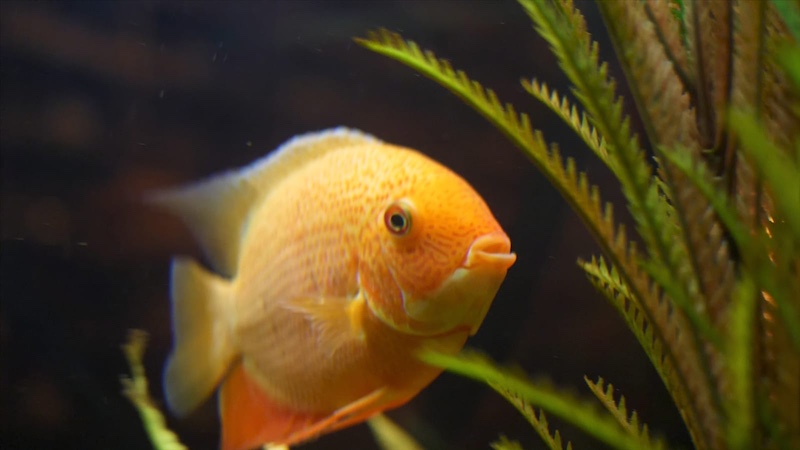Fish, the aquatic inhabitants of our planet, exhibit a wide range of fascinating behaviors that can captivate the imagination of any observer. From their communication methods to their unique survival strategies, fish behaviors are a testament to the wonders of evolution and adaptation. Here, we explore ten intriguing fish behaviors and the explanations behind them.
1. Schooling
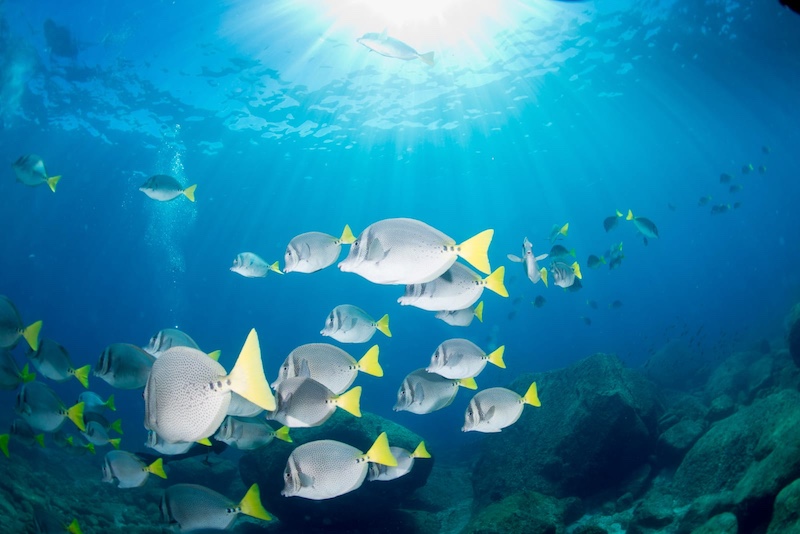
Schooling is a behavior where fish swim together in coordinated groups. This behavior is primarily a survival strategy. By moving in unison, fish can confuse predators, making it difficult for them to target a single fish. Additionally, schooling can improve hydrodynamic efficiency, allowing fish to conserve energy by swimming in the slipstream of others.
2. Mimicry
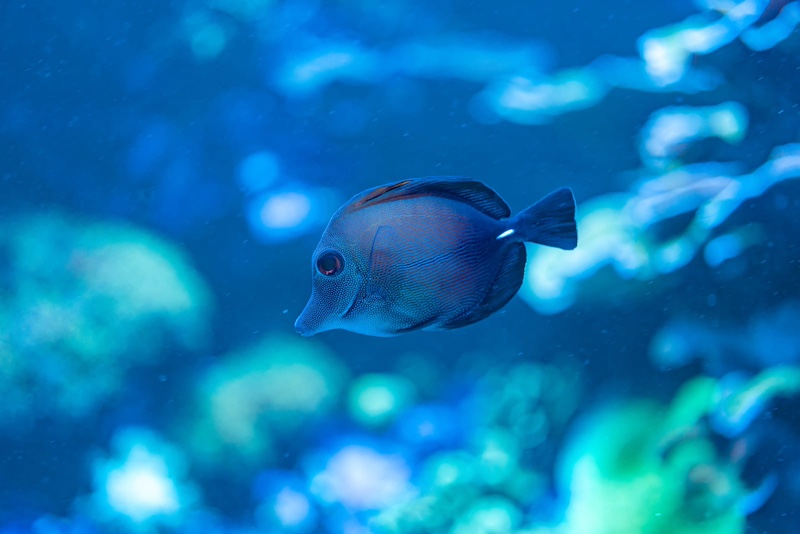
Some fish have evolved to mimic other species or objects in their environment. The mimic octopus, for instance, can imitate the appearance and movements of several different species, such as lionfish, flatfish, and sea snakes. This behavior can help fish avoid predators or approach prey unnoticed. Mimicry showcases the incredible adaptability and intelligence of certain fish species.
3. Cleaning Symbiosis
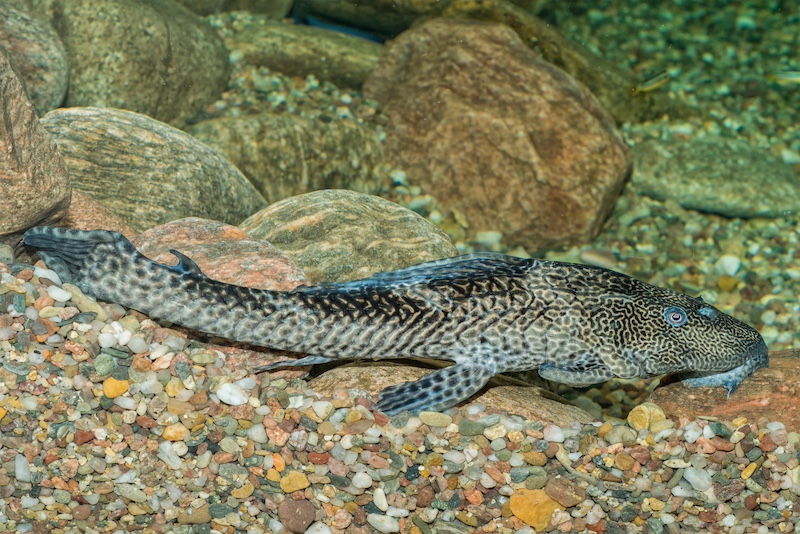
Cleaning symbiosis is a mutually beneficial relationship where one fish, the cleaner, removes parasites and dead skin from another fish, the client. Cleaner wrasses are well-known for this behavior. Clients benefit from improved health and hygiene, while cleaners gain a reliable food source. This behavior highlights the complex social interactions and cooperation found in aquatic ecosystems.
4. Camouflage
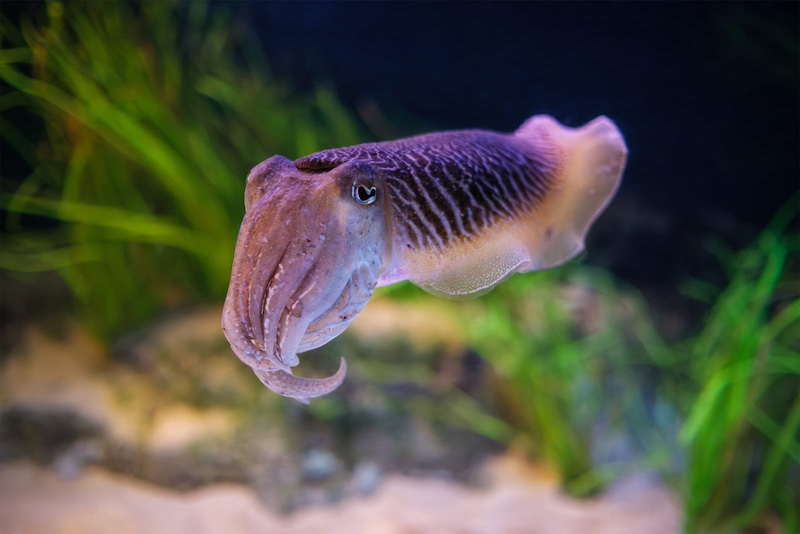
Many fish species have developed the ability to camouflage themselves to avoid predators or ambush prey. The cuttlefish, for example, can change its skin color and texture to blend seamlessly with its surroundings. This behavior is controlled by specialized cells called chromatophores, allowing cuttlefish to become nearly invisible to both predators and prey.
5. Migration
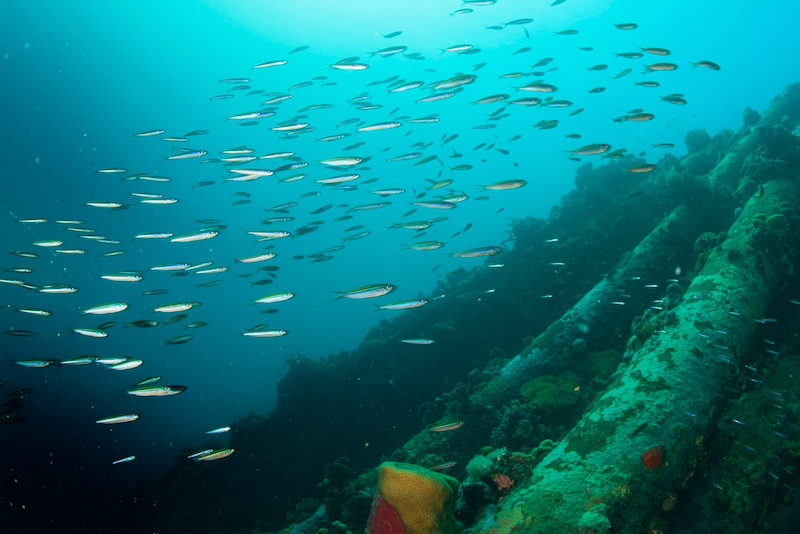
Some fish undertake long-distance migrations as part of their life cycle. Salmon are famous for their arduous journeys from the ocean back to the freshwater streams where they were born. This migration is driven by the need to reproduce in a suitable environment. The navigational abilities of migratory fish, often guided by the Earth’s magnetic field, are a marvel of nature.
6. Territoriality
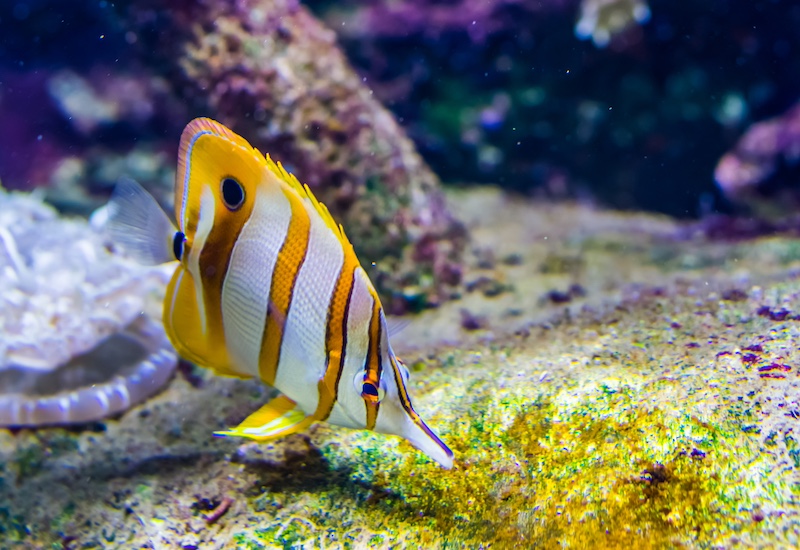
Many fish establish and defend territories to ensure access to resources such as food and breeding sites. Male cichlids, for example, are known to fiercely guard their territories from intruders. This behavior can involve displays of aggression, physical confrontations, and the use of visual signals to ward off rivals. Territoriality helps maintain social order and resource allocation within fish populations.
7. Courtship Displays
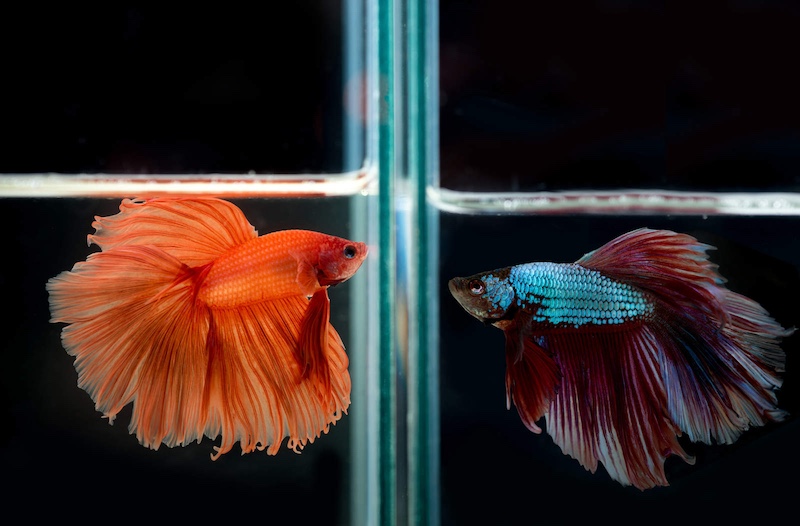
Fish often engage in elaborate courtship displays to attract mates. Male bettas, also known as Siamese fighting fish, perform a series of vibrant fin displays and dances to woo females. These displays not only showcase the male’s fitness and genetic quality but also stimulate the female’s reproductive readiness. Courtship behaviors play a crucial role in the reproductive success of many fish species.
8. Parental Care

Contrary to the belief that most fish abandon their eggs after spawning, some species exhibit remarkable parental care. Male seahorses, for instance, carry fertilized eggs in a specialized brood pouch until they hatch. Similarly, cichlid parents often guard and care for their young, ensuring their survival in the early stages of life. Parental care behaviors highlight the diversity of reproductive strategies among fish.
9. Communication
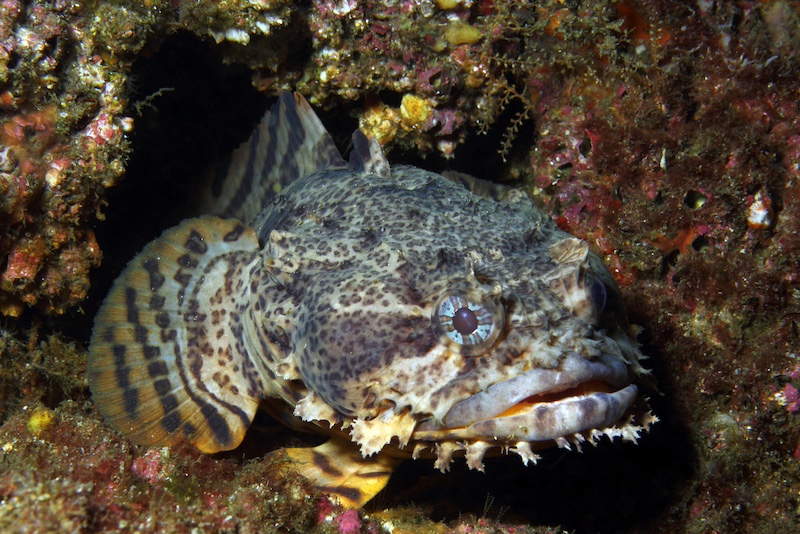
Fish communicate through a variety of methods, including visual signals, sounds, and chemical cues. The toadfish, for example, produces distinctive vocalizations to attract mates and defend territories. Chemical communication, known as chemoreception, involves the release and detection of pheromones to convey information about reproductive status, social hierarchy, and stress levels. These communication methods facilitate social interactions and coordination within fish communities.
10. Feeding Strategies
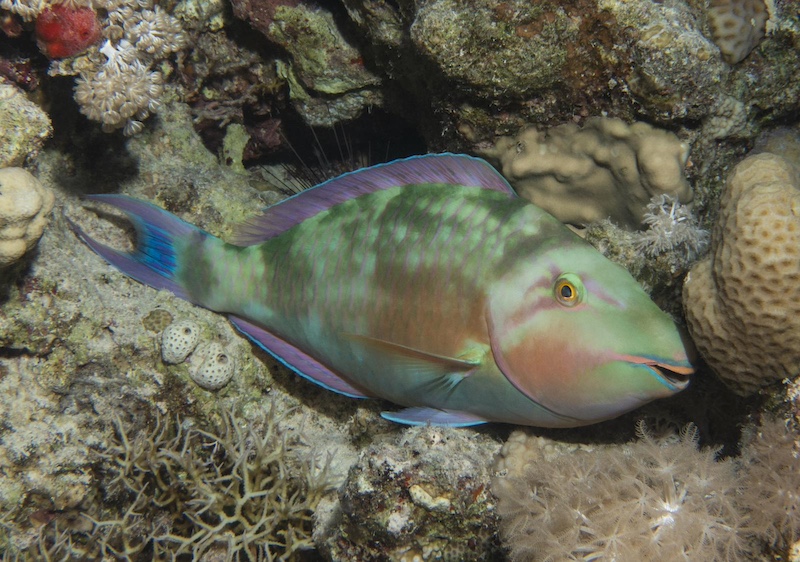
Fish have evolved a wide range of feeding strategies to exploit different food sources. The anglerfish, for instance, uses a bioluminescent lure to attract prey in the dark depths of the ocean. Parrotfish, on the other hand, have specialized teeth that allow them to scrape algae from coral reefs. These diverse feeding behaviors reflect the incredible adaptability of fish to their respective environments and available resources.

